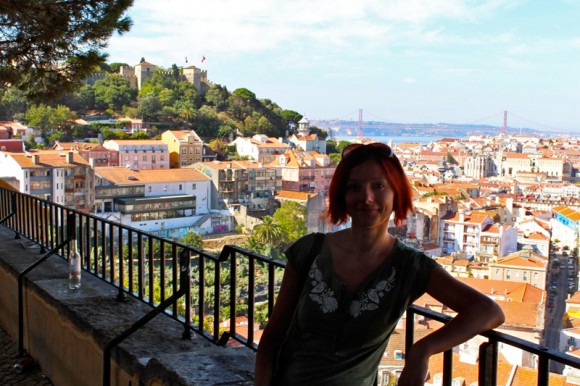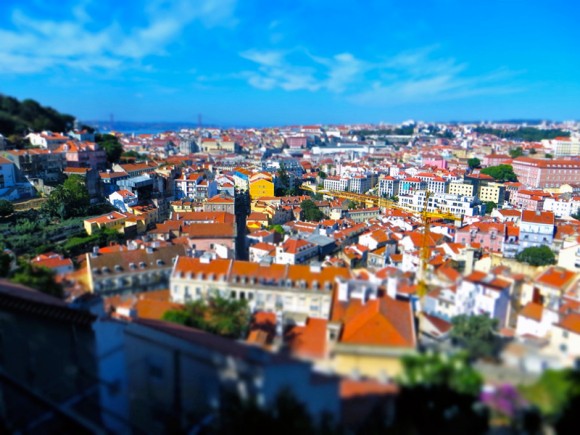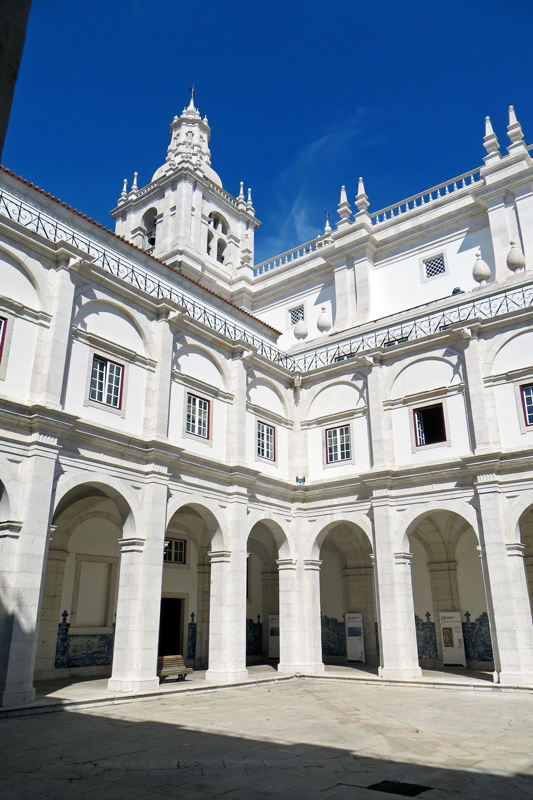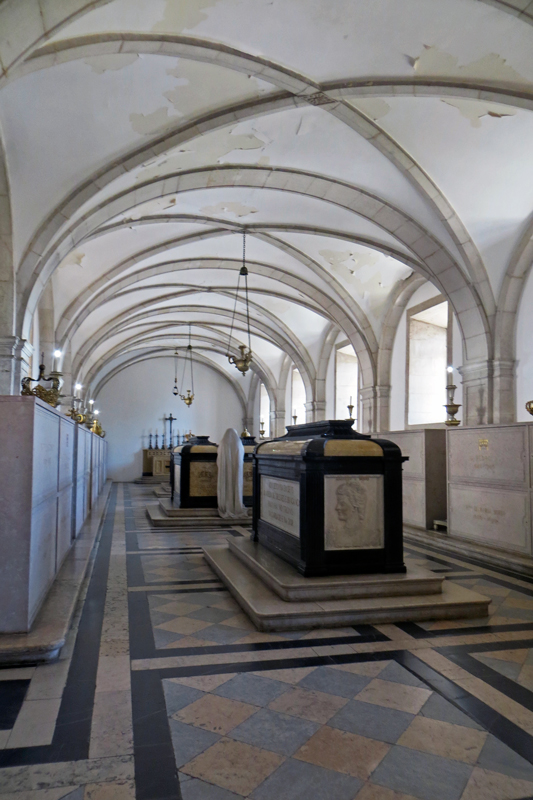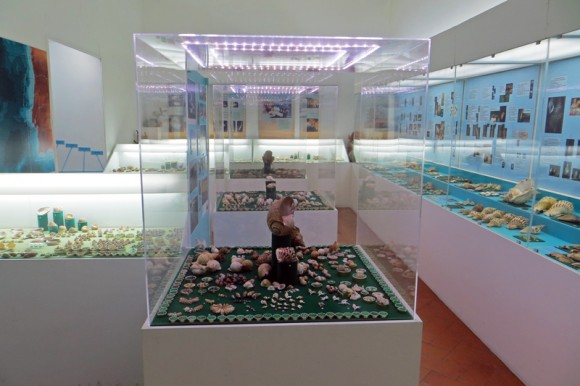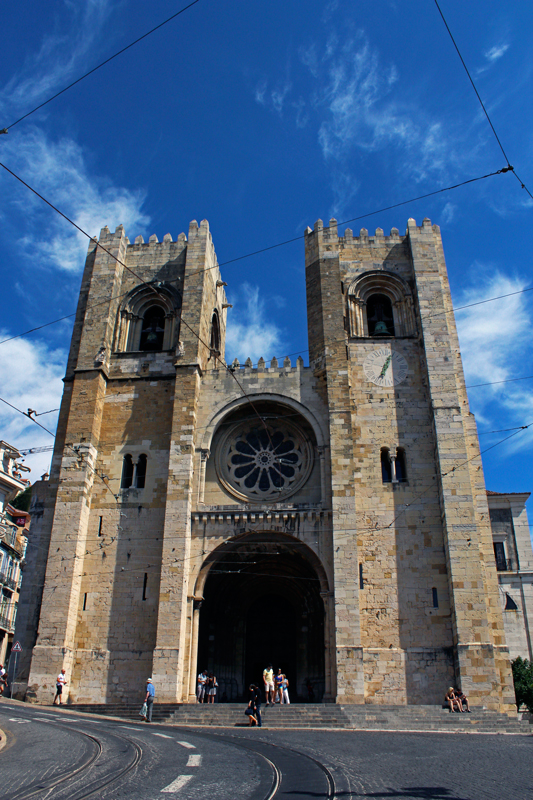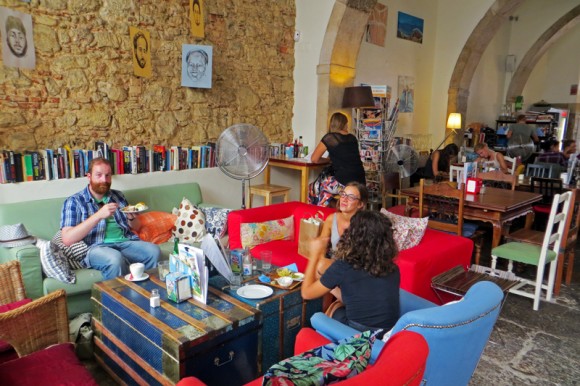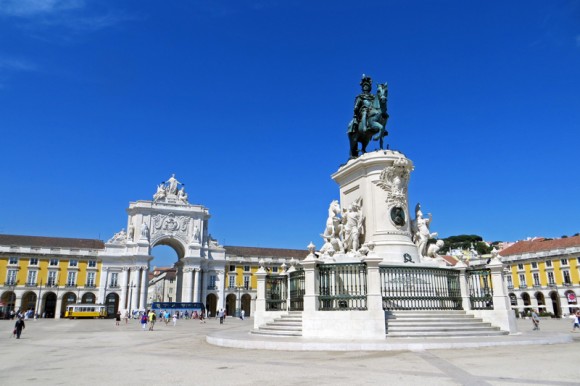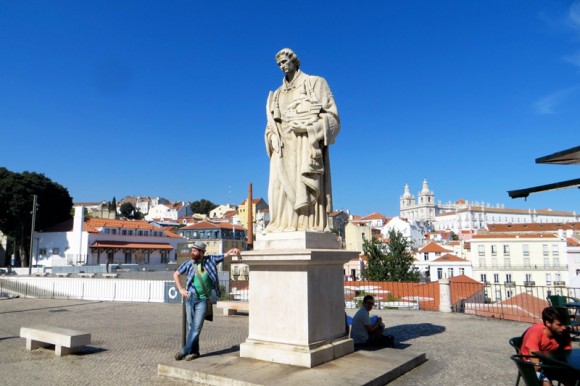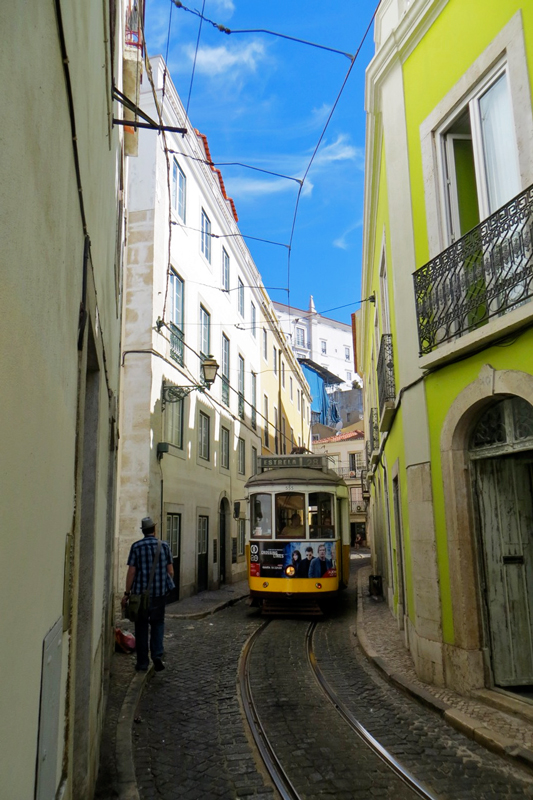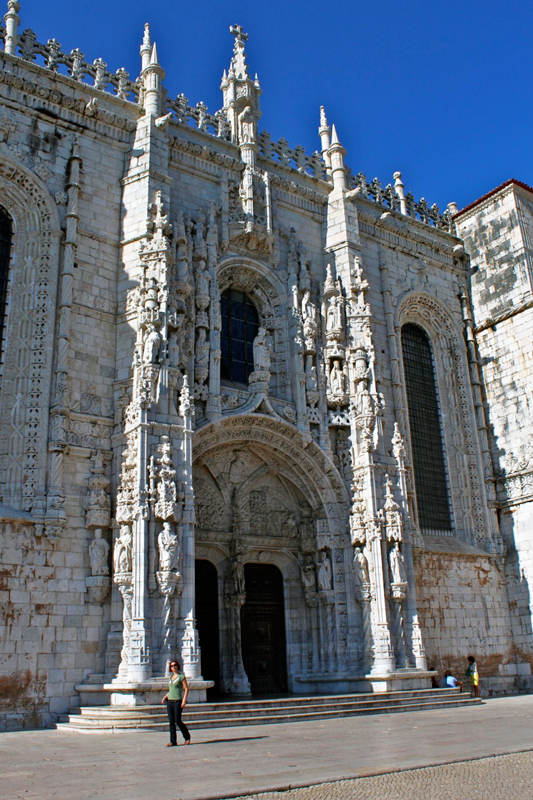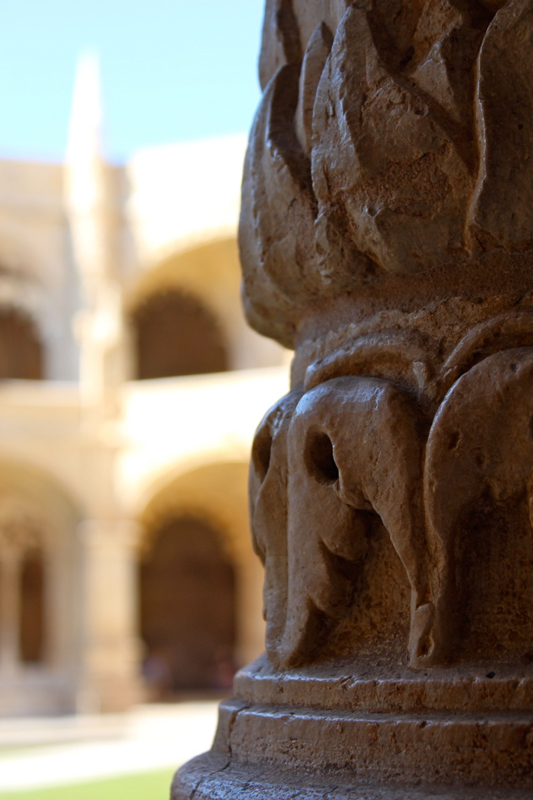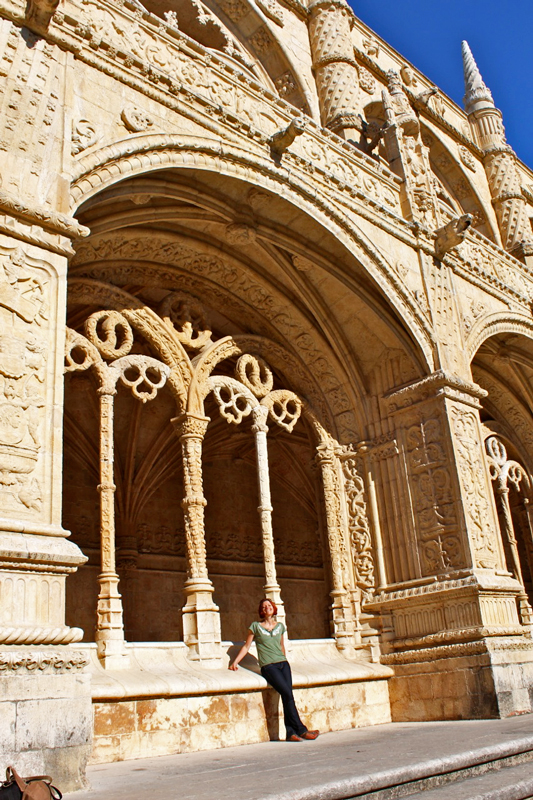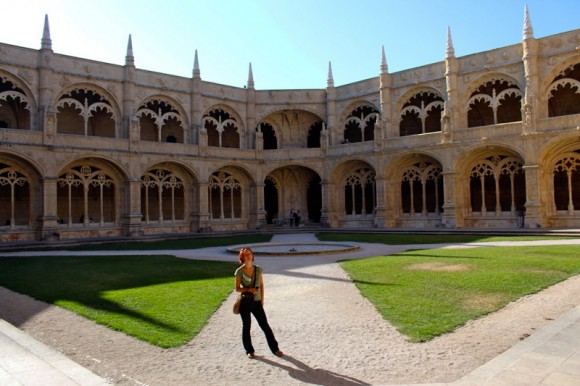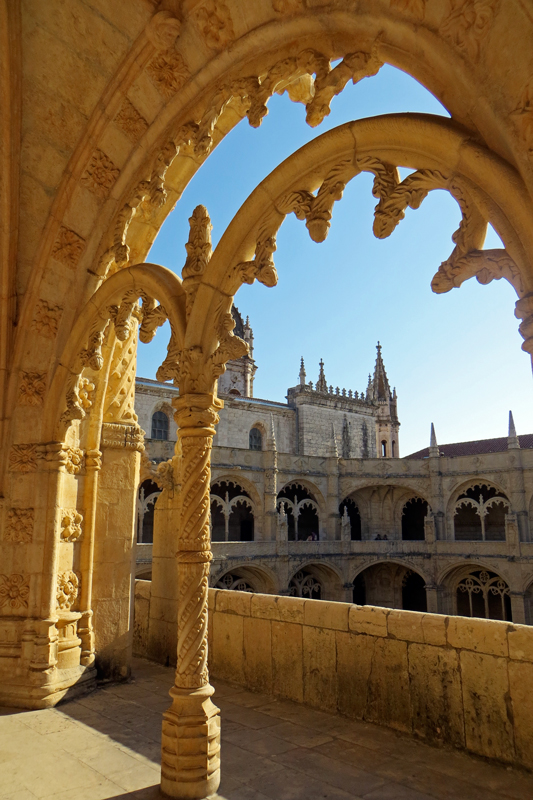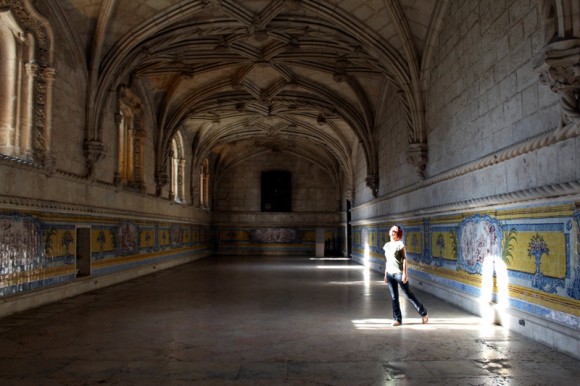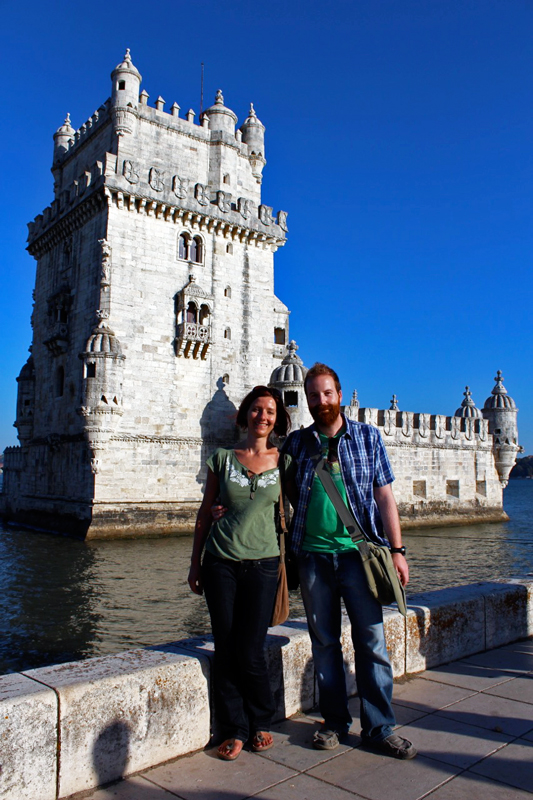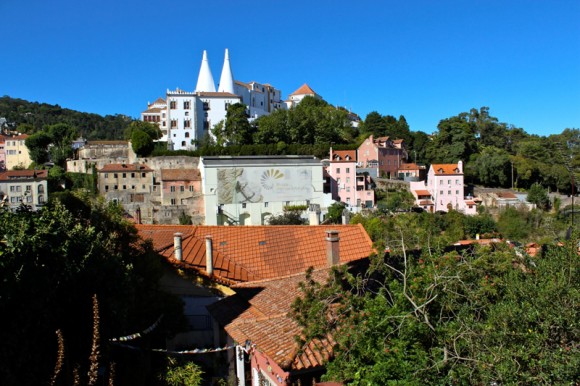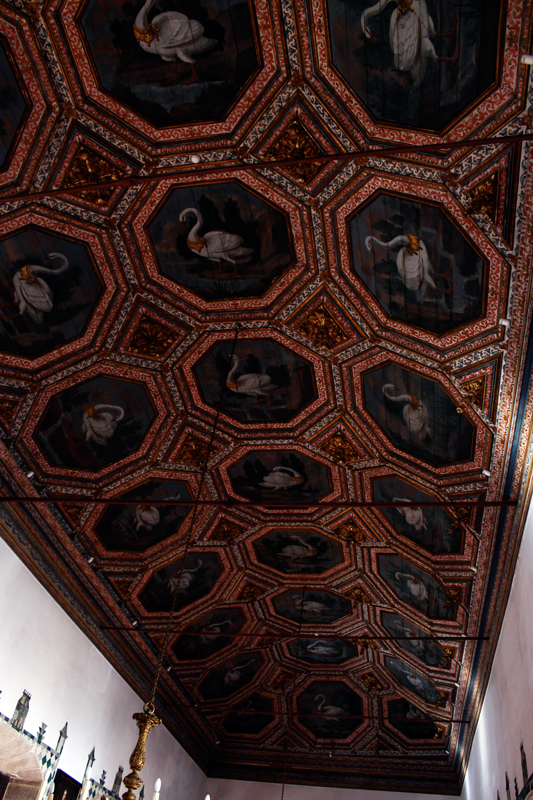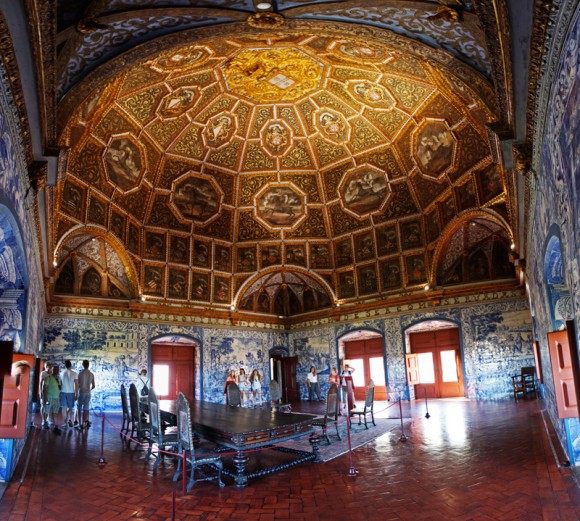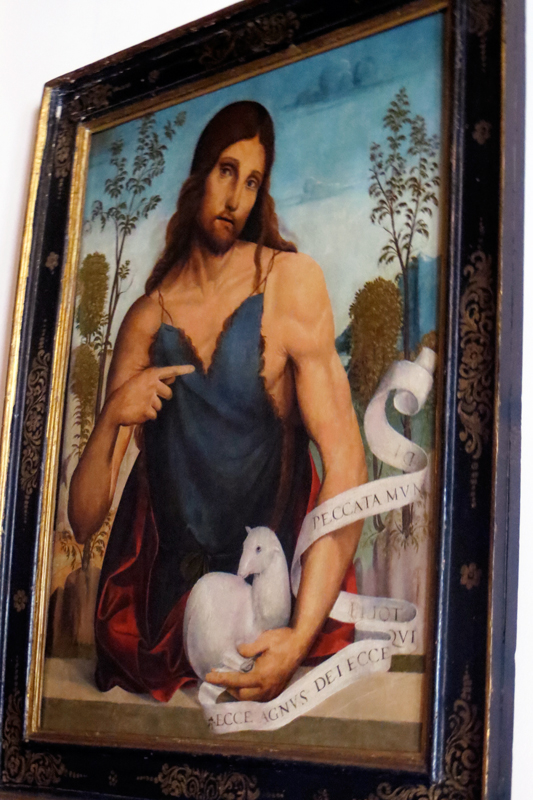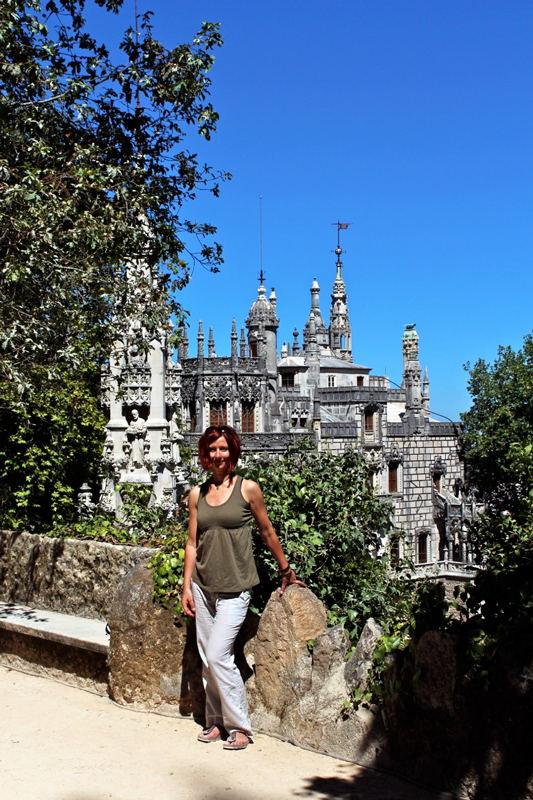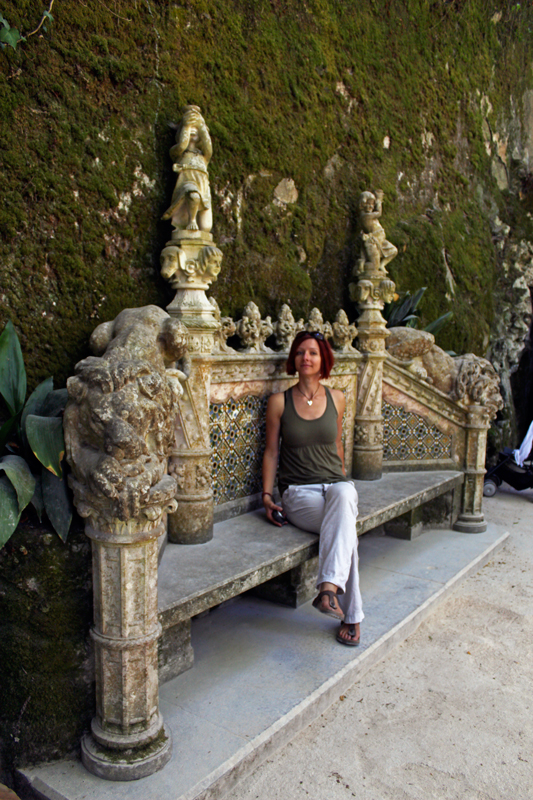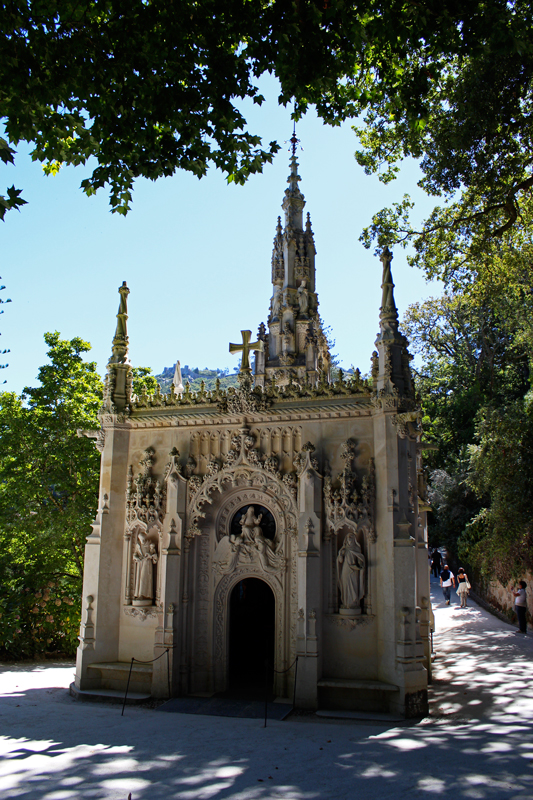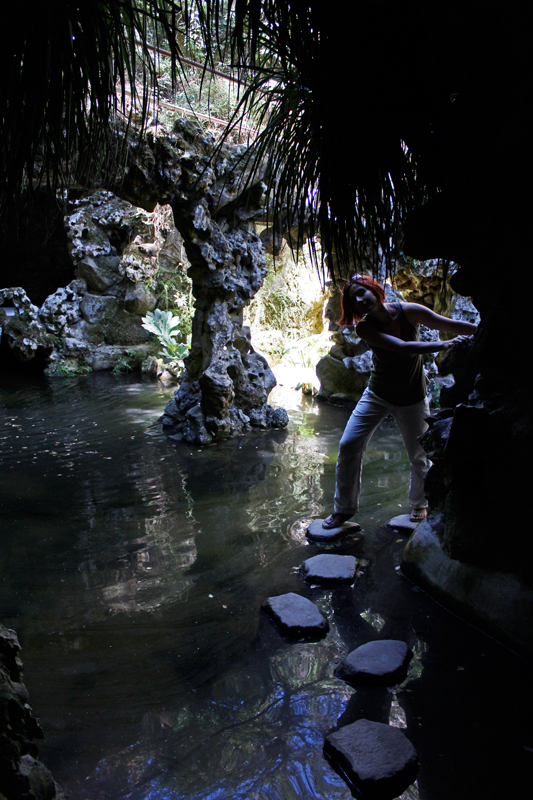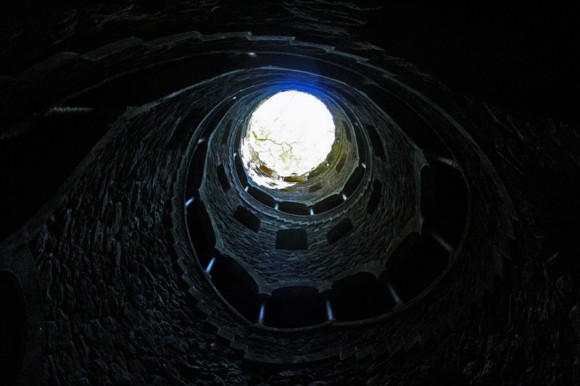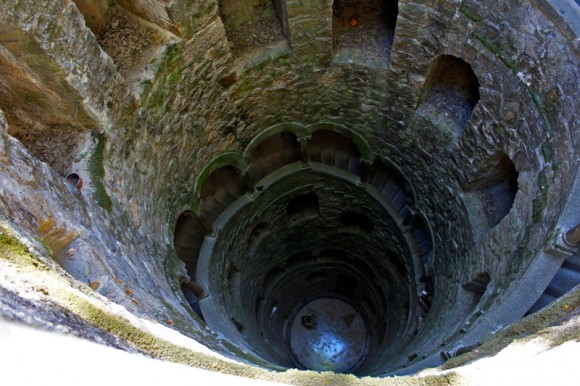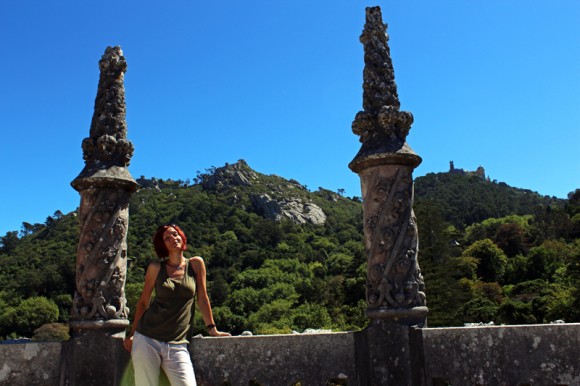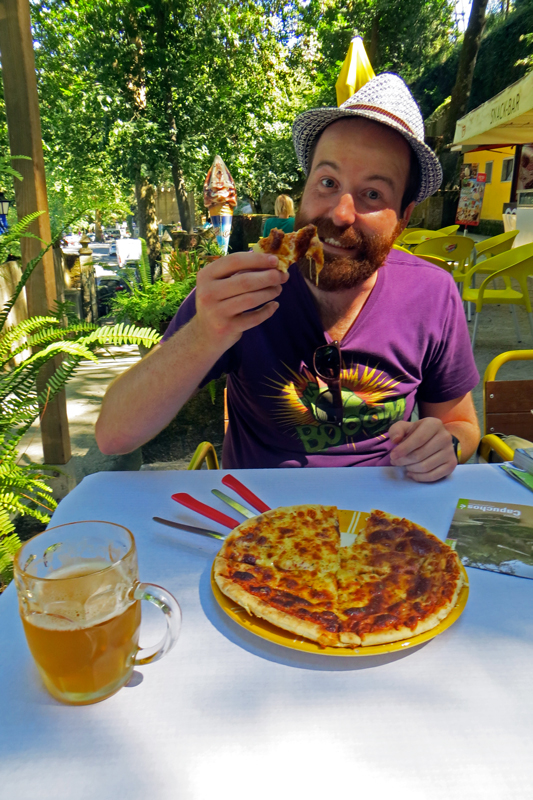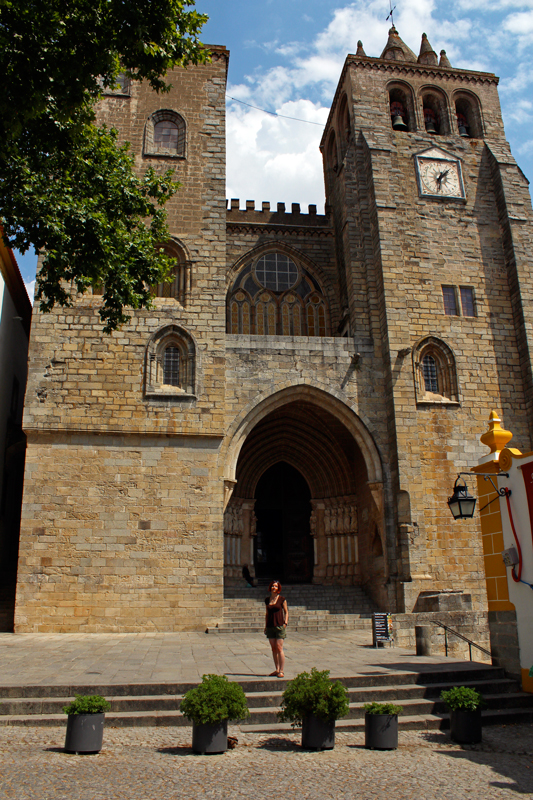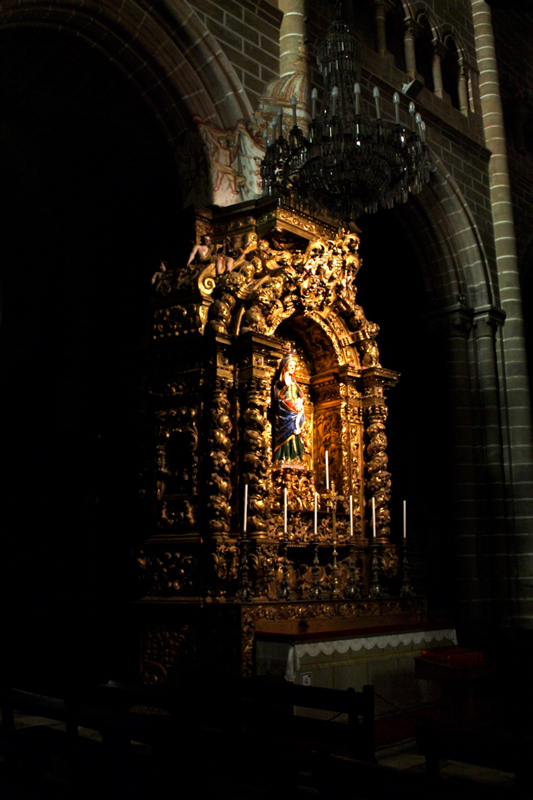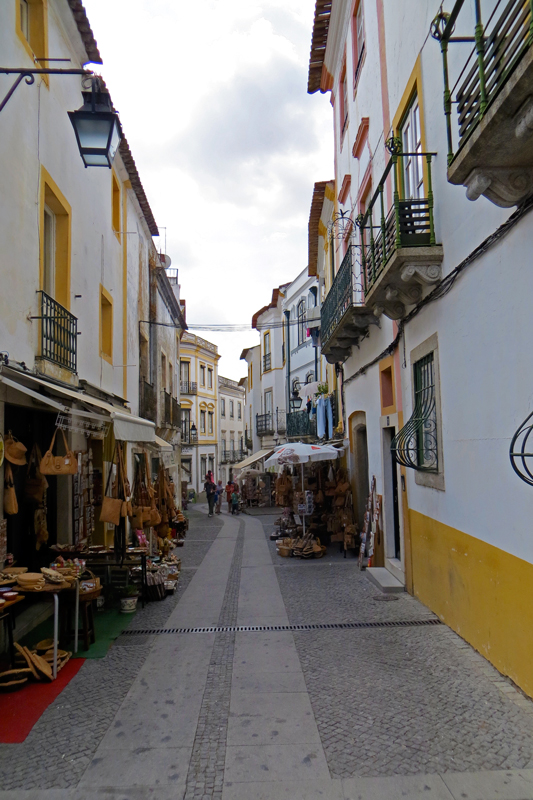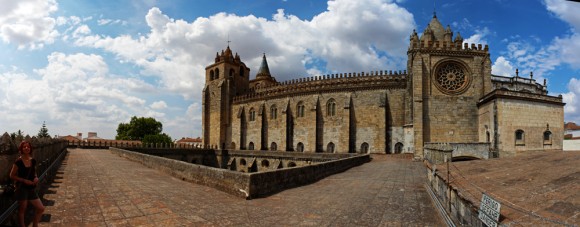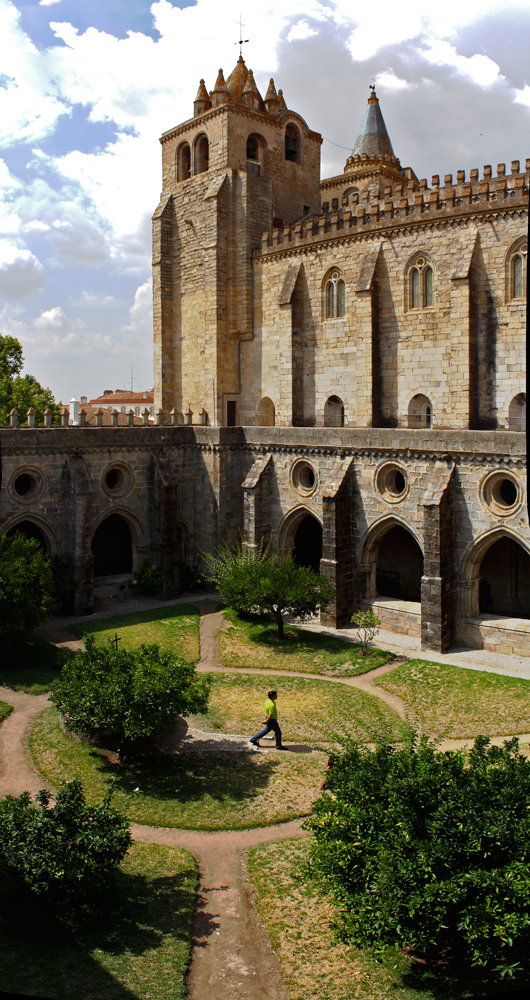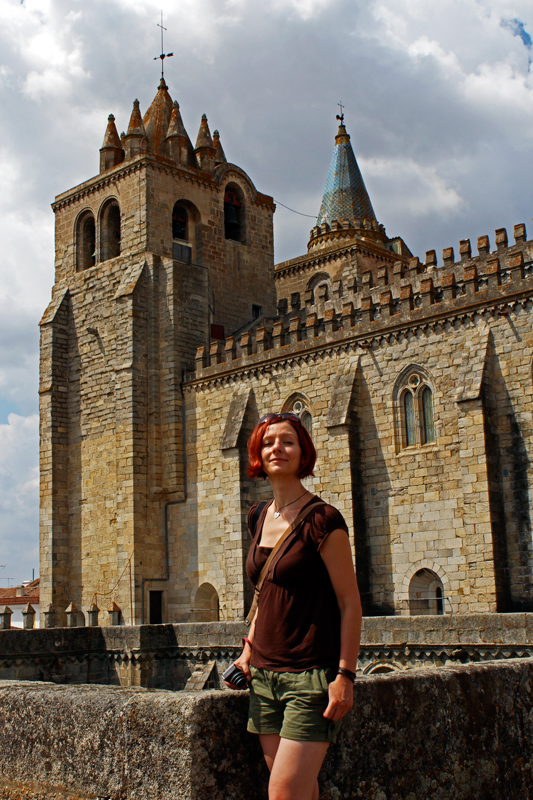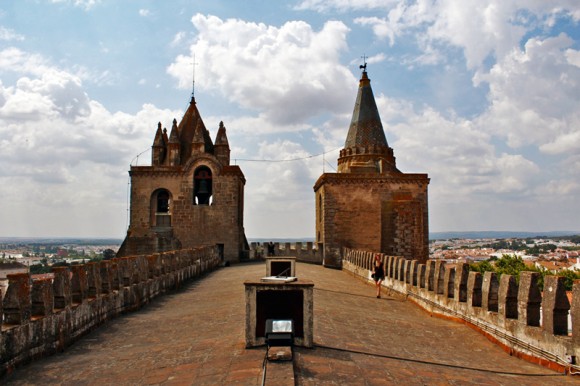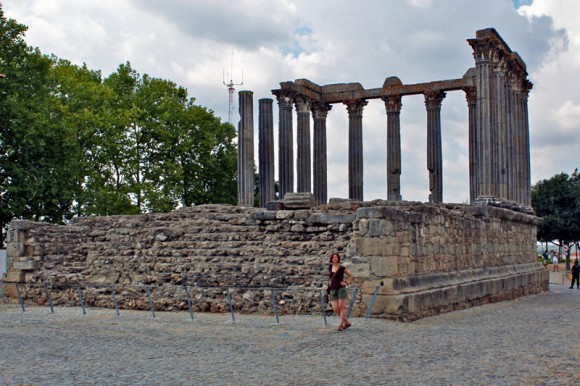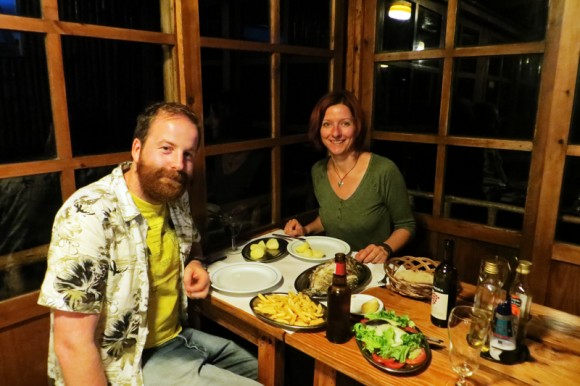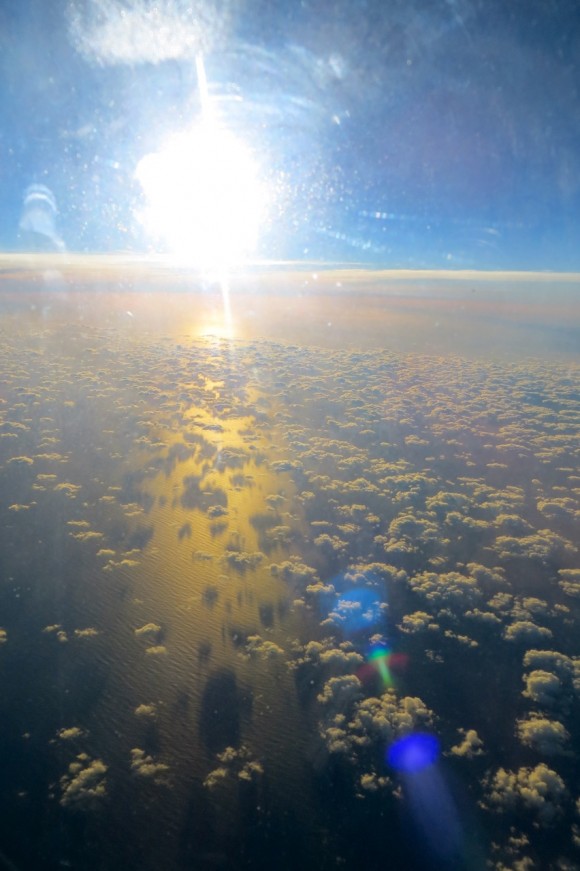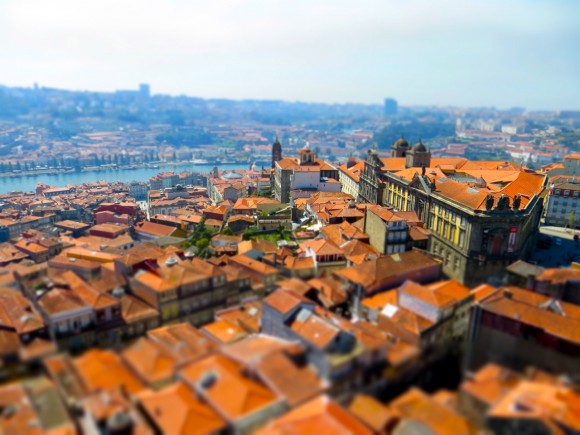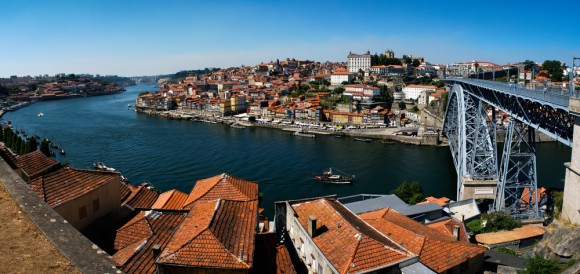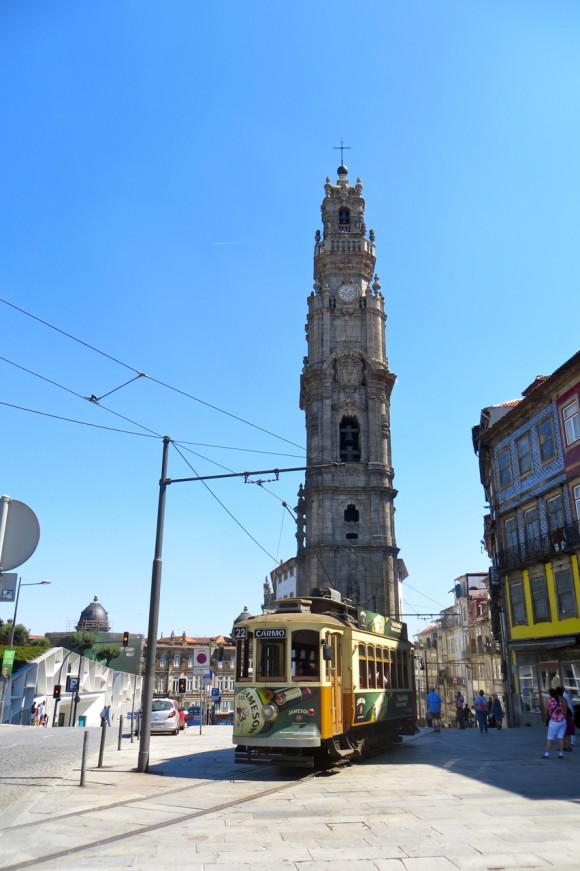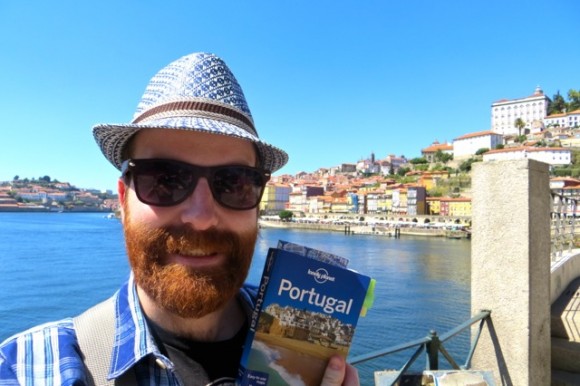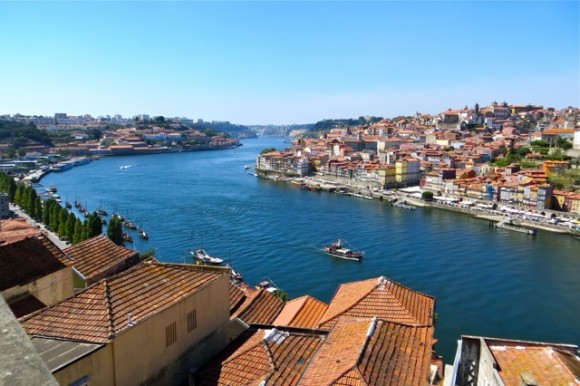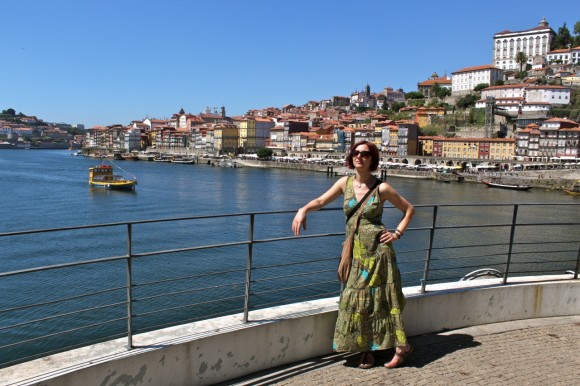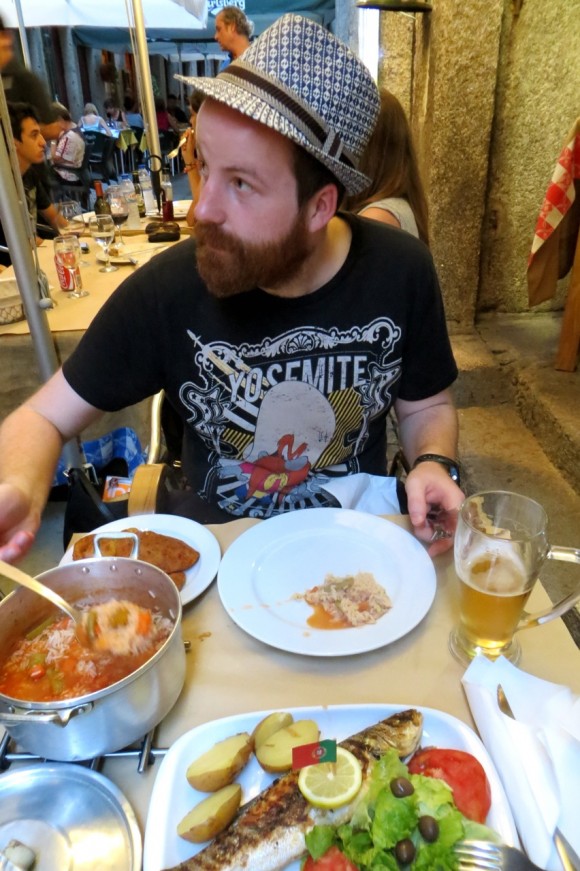Wednesday
We got up super early because this was to be a culture-packed day, and we wanted to have a lot of time to absorb all the new information. The bar in the camp wasn’t even open yet, so we got on our way without a coffee and headed first to Tomar.
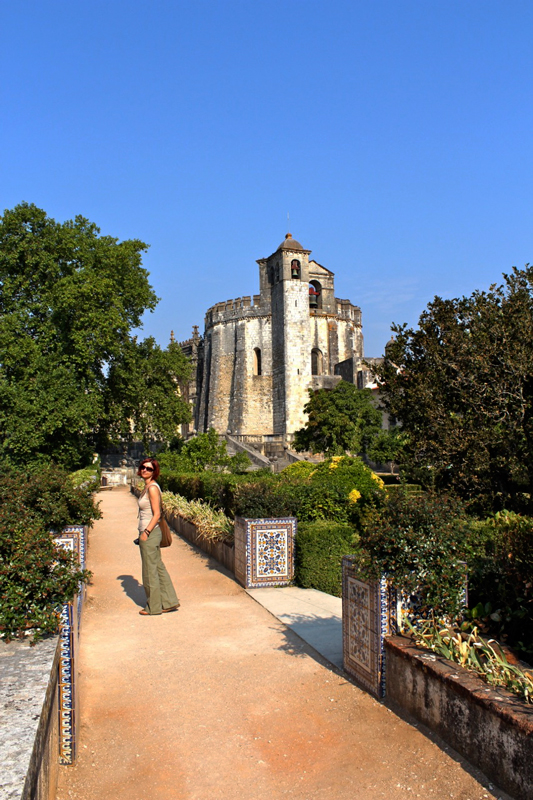
Gina & the Convento de Cristo
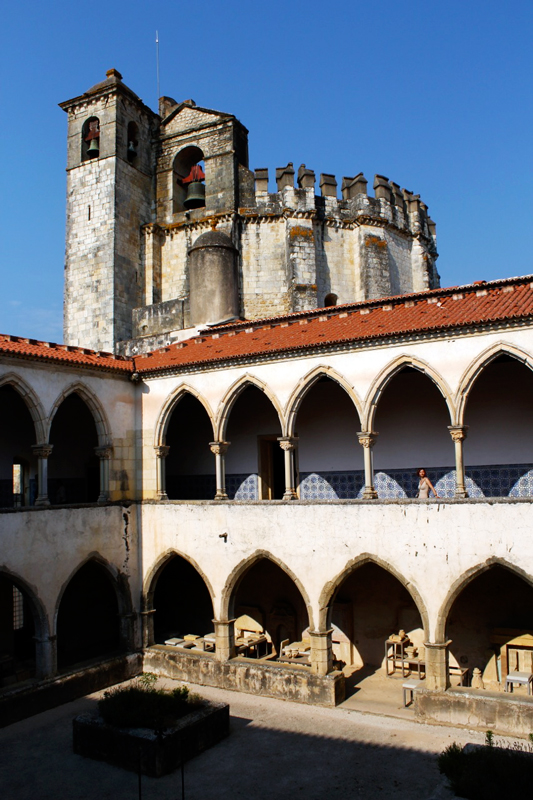
Gina & Claustro da Lavagem
Tomar’s Convento de Cristo, former Knights Templar HQ, is an absolutely exquisite architectural wonder and we loved it. This is what our book says about it:
Wrapped in equal parts splendour and mystery, the Knights Templar held enormous power in Portugal from the 12th to 16th centuries, and largely bankrolled the Age of Discoveries. Their headquarters are set on wooded slopes above the town and enclosed within 12th-century walls. The Convento de Cristo is a stony expression of magnificence combined with the no-holds-barred theatricality that long lent the order its particular fascination. The monastery was founded in 1160 by Gualdim Pais, Grand Master of the Templars. It has chapels, cloisters and chapter houses in widely diverging styles, added over the centuries by successive kings and Grand Masters.

Gina chilling in the sun
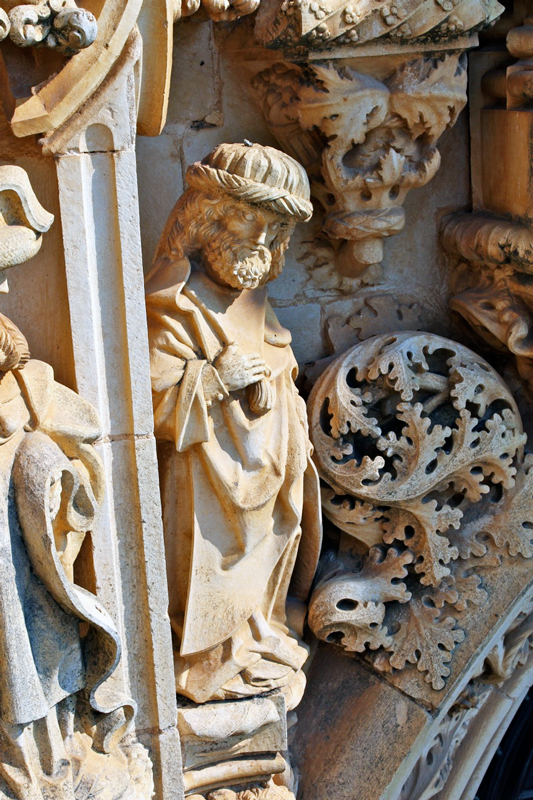
Fine Manueline style detail
Of course, Tomar’s monastery is on the UNESCO list, and you can read about it here. It was here at Tomar that I found my new all-time favourite architectural style – Manueline – “flamboyant gothic” if you can wrap your head around that. As we are going to see many spectacular examples of the style during our trip, brief intro to the style from wiki is in order:
The Manueline (Portuguese: estilo manuelino, or Portuguese late Gothic), is the sumptuous, composite Portuguese style of architectural ornamentation of the first decades of the 16th century, incorporating maritime elements and representations of the discoveries brought from the voyages of Vasco da Gama and Pedro Álvares Cabral. This innovative style synthesizes aspects of Late Gothic architecture with influences of the Spanish Plateresque style, Italian urban architecture, and Flemish elements. It marks the transition from Late Gothic to Renaissance. The construction of churches and monasteries in Manueline was largely financed by proceeds of the lucrative spice trade with Africa and India.
The style was given its name, many years later, by Francisco Adolfo de Varnhagen, Viscount of Porto Seguro, in his 1842 book, Noticia historica e descriptiva do Mosteiro de Belem, com um glossario de varios termos respectivos principalmente a architectura gothica, in his description of the Jerónimos Monastery. Varnhagen named the style after King Manuel I, whose reign (1495–1521) coincided with its development. The style was much influenced by the astonishing successes of the voyages of discovery of Portuguese navigators, from the coastal areas of Africa to the discovery of Brazil and the ocean routes to the Far East, drawing heavily on the style and decorations of East Indian temples.
Although the period of this style did not last long (from 1490 to 1520), it played an important part in the development of Portuguese art. The influence of the style outlived the king. Celebrating the newly maritime power, it manifested itself in architecture (churches, monasteries, palaces, castles) and extended into other arts such as sculpture, painting, works of art made of precious metals, faience and furniture.
The window of the Convent of Christ in Tomar is a well-known example of Manueline style, as our bok says:
It’s the ultimate in Manueline extravagance, a celebration of the Age of Discoveries: a Medusa tangle of snaking ropes, seaweed and cork boats, on top of which floats the Cross of the Order of Crist and the royal arms and armillary spheres of Dom Mauel.
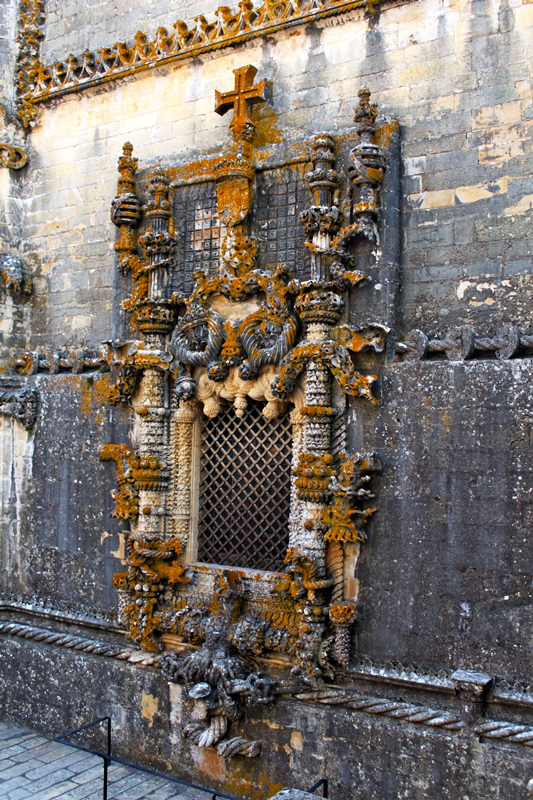
The famous chapterhouse window, made by Diogo de Arruda in 1510-1513.
And I would add that it also have a bearded man on it, so what’s not to like? Manueline 4evs!
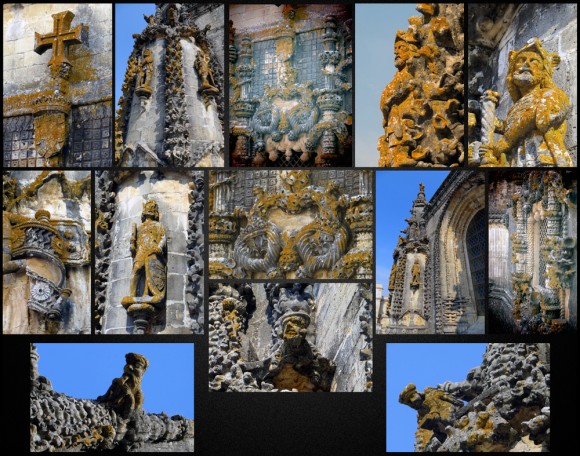
Manueline details
From Tomar we headed to Batalha’s Mosteiro de Santa Maria da Vitoria, another UNESCO site on the list for today:
The Monastery of the Dominicans of Batalha was built to commemorate the victory of the Portuguese over the Castilians at the battle of Aljubarrota in 1385. It was to be the Portuguese monarchy’s main building project for the next two centuries. Here a highly original, national Gothic style evolved, profoundly influenced by Manueline art, as demonstrated by its masterpiece, the Royal Cloister.
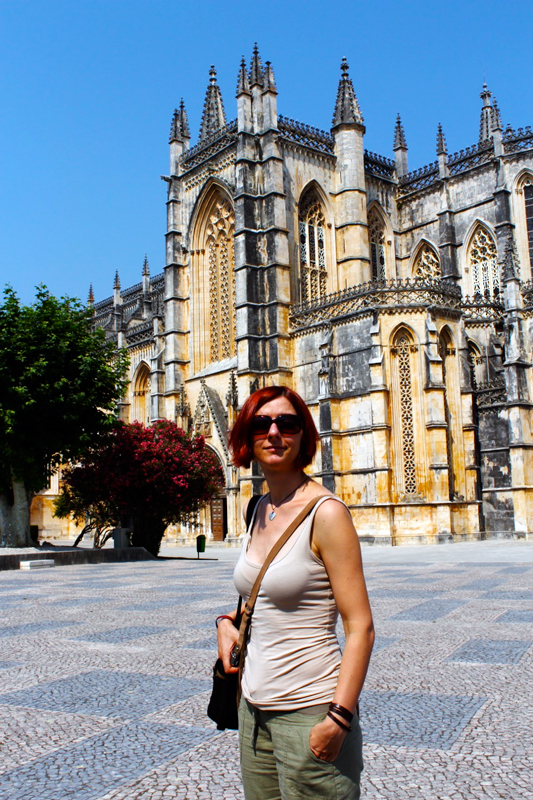
Gina at Batalha’s Mosteiro de Santa Maria da Vitoria
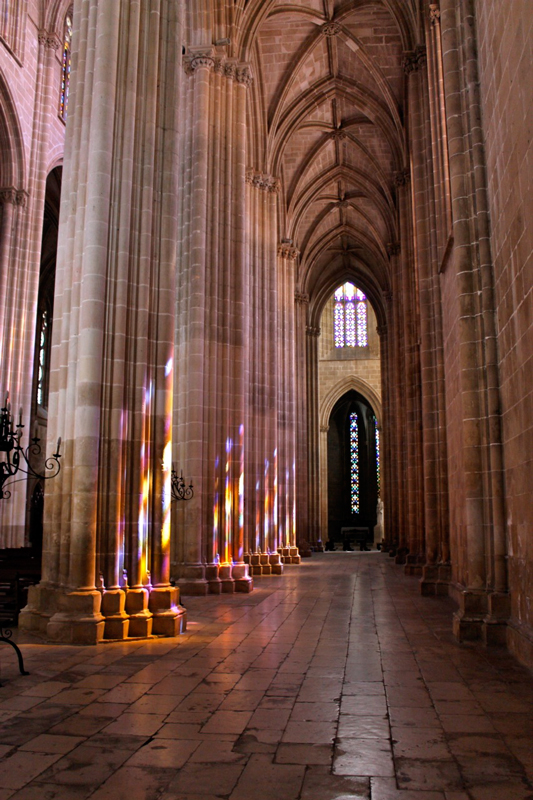
Stained glass window colours
My favourite part were the “unfinished chapels”, another stunning example of Manueline architecture.
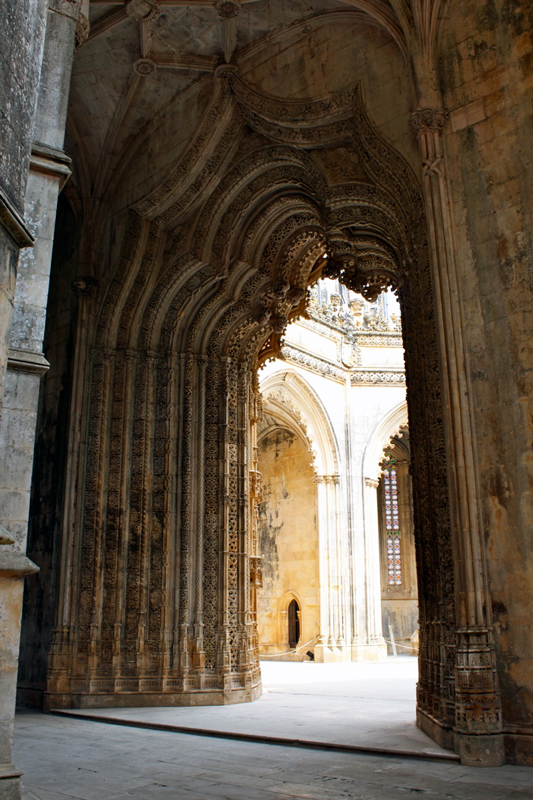
Entrance to the “Unfinished chapels”
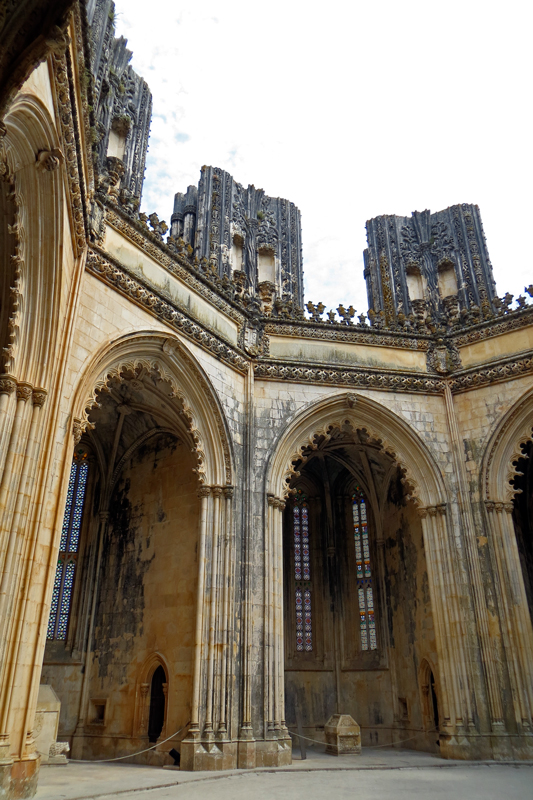
“Unfinished chapels”
They form a separate octagonal structure tacked on the choir of the church (via a retrochoir) and only accessible from the outside. It was commissioned in 1437 by King Edward of Portugal (“Dom Duarte”, d.1438) as a second royal mausoleum for himself and his descendants. The original design, begun by Huguet, was altered by successive architects, especially Mateus Fernandes (who is buried inside the church). The octagonal rotunda has seven radiating hexagonal chapels. In the corners of the chapels stand the massive unfinished buttresses, that were intended to support the vault. These pillars, designed by Diogo Boitac, are decorated with Manueline motives carved in stone. The portal rises to a monumental fifteen metres. It was originally built in Gothic style, but was transformed beyond recognition by Mateus Fernandes into a masterpiece of Manueline style (completed in 1509). It is completely decorated into a lacework of sumptuous and stylized Manueline motives: armillary, spheres, winged angels, ropes, circles, tree stumps, clover-shaped arches and florid projections. (fancy words from wiki)
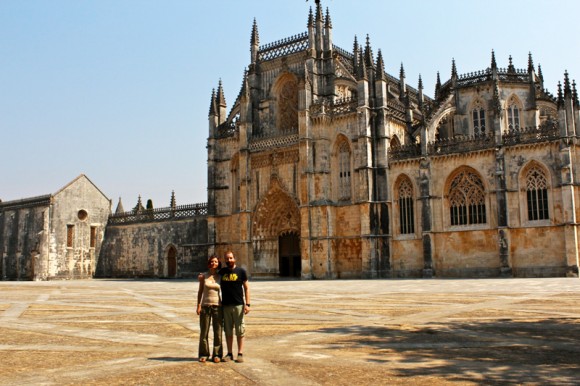
Us outside the Batalha Monastery
To finish the day, we drove to Alcobaça, to see the last monastery and UNESCO site for today.
The Monastery of Santa Maria d’Alcobaça, north of Lisbon, was founded in the 12th century by King Alfonso I. Its size, the purity of its architectural style, the beauty of the materials and the care with which it was built make this a masterpiece of Cistercian Gothic art.
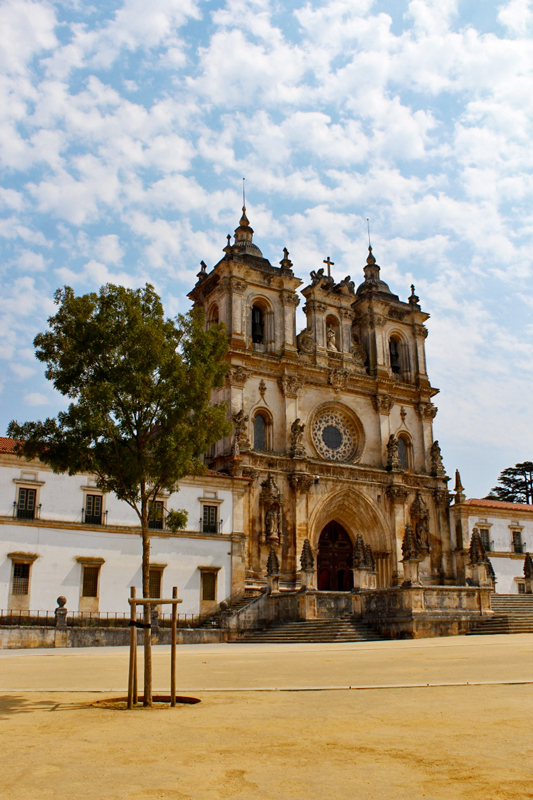
Monastery of Santa Maria d’Alcobaça
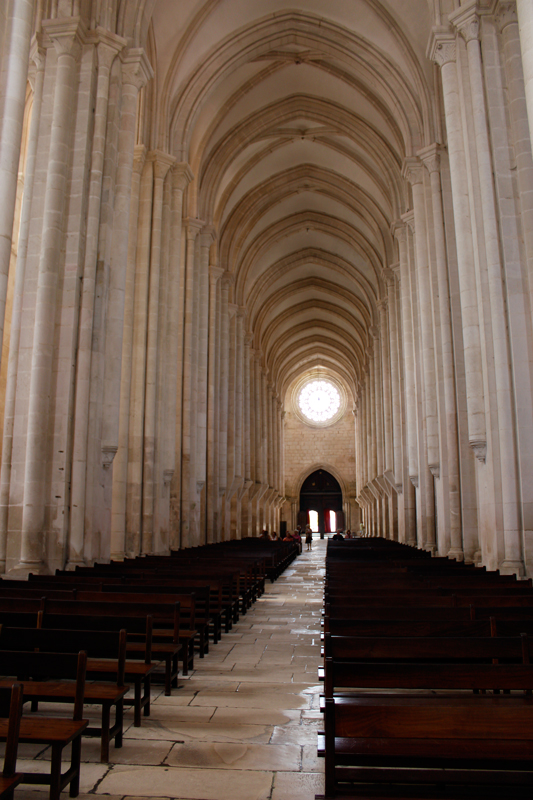
Main Chapel
It was pretty good no doubt, although by now our standards were pretty high and not just every unesco site was going to make our jaws drop. Afterwards we finally had a very late lunch and also coffee and cakes, and were mighty tired, just looking to crash down somewhere.
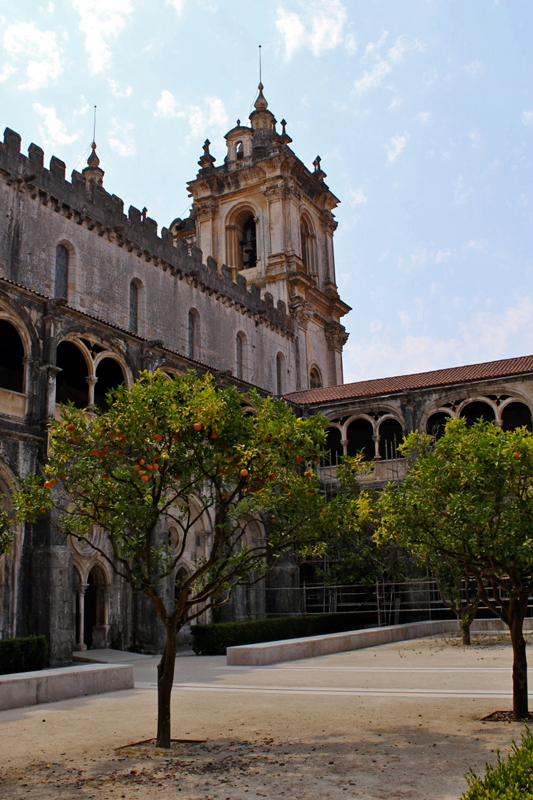
Cloister of Silence
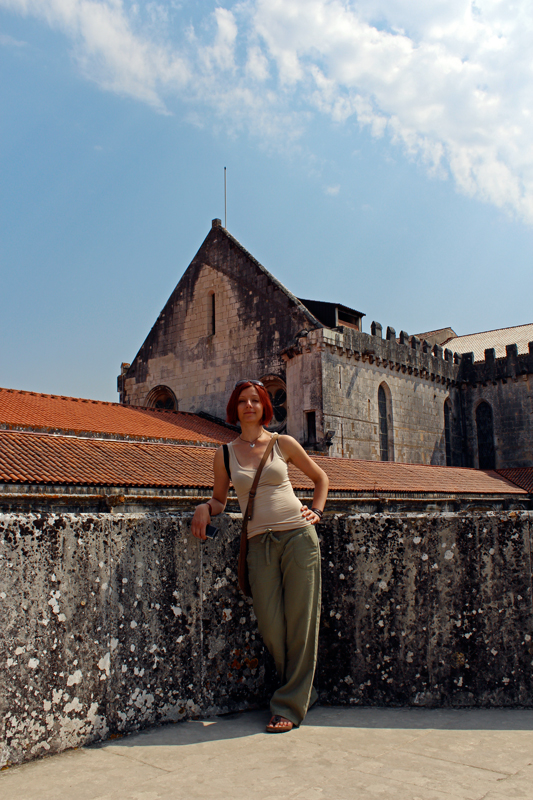
Gina and the Alcobaça Monastery.
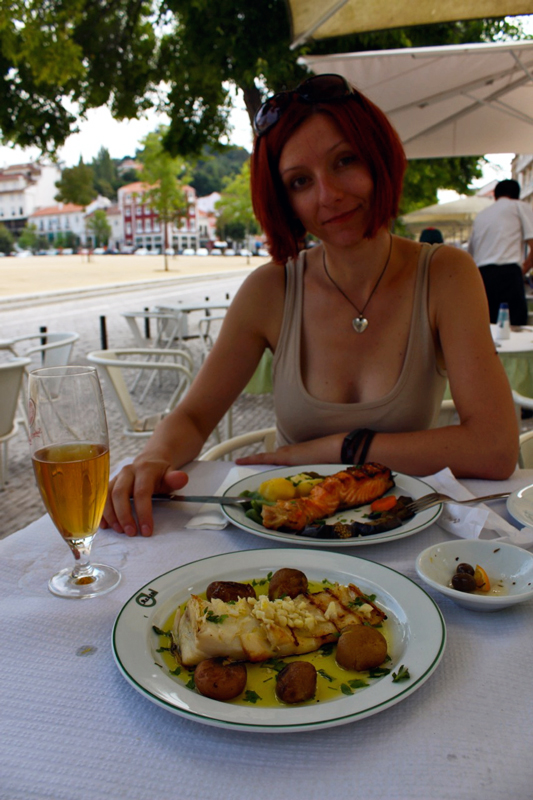
Eating well!
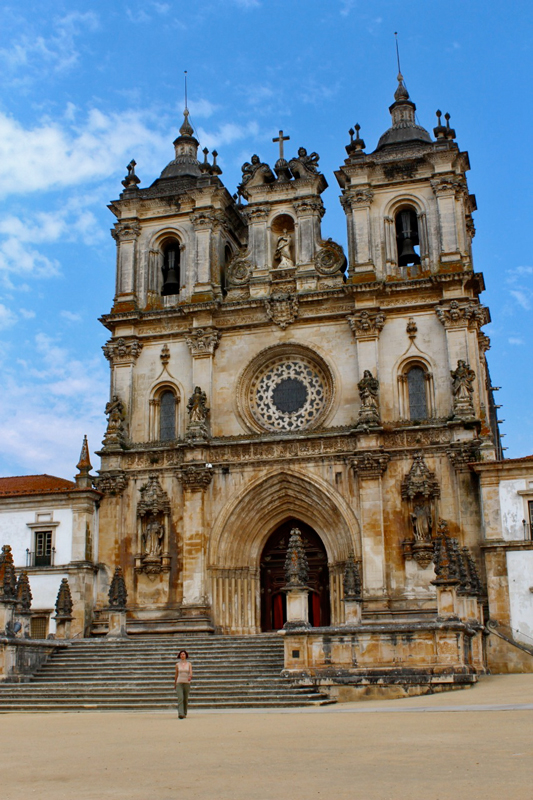
Monastery of Santa Maria d’Alcobaça
We camped in a nice little town Foz do Arelho with a beautiful beach, where we watched the last surfers of the day catching their waves.
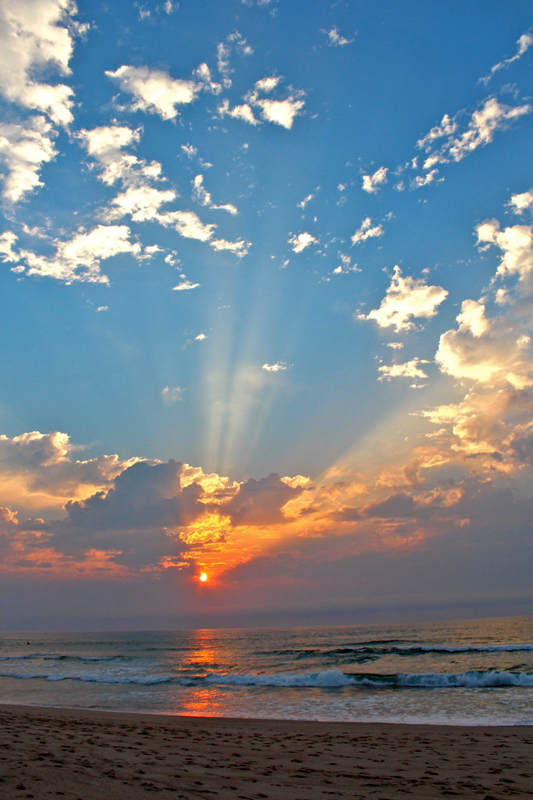
Sun setting over the Atlantic Ocean
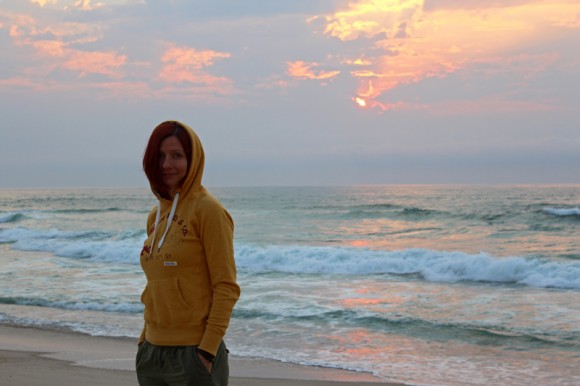
Gina at Foz do Arelho
